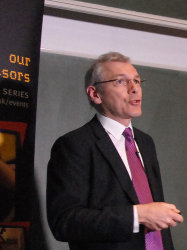BibTex format
@article{Verde:2017:mnras/stx116,
author = {Verde, L and Luis, Bernal J and Heavens, AF and Jimenez, R},
doi = {mnras/stx116},
journal = {MONTHLY NOTICES OF THE ROYAL ASTRONOMICAL SOCIETY},
pages = {731--736},
title = {The length of the low-redshift standard ruler},
url = {http://dx.doi.org/10.1093/mnras/stx116},
volume = {467},
year = {2017}
}

